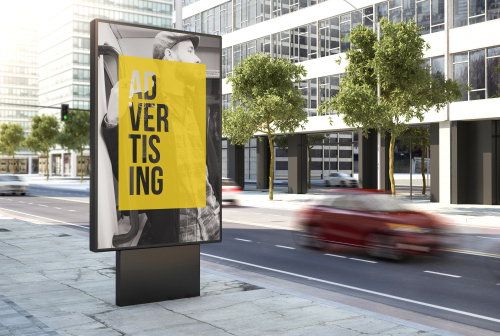The Future of Advertising Is In the Hands of Ad Blockers
By Laura Desmond
Young adults are hungry for the ad industry to be better. They are right.
“I block ads because I believe ads can be so much better.”
This was a direct quote from an advertising student at the University of Texas. I visited campus recently and had the opportunity to talk informally with advertising students from the Stan Richards School of Advertising and Public Relations. What I learned affirmed my faith in the future of advertising. I also walked away with a strong sense that these young students, if given the chance to practice the craft the way they see it, would upend the whole industry.
First, I was blown away at how smart, thoughtful and energized these young professionals are about advertising and media. It’s exactly what our industry needs: young talent who believe advertising and marketing can both be better as well as help society, and who want to lead the way. They were passionate, and we discussed a wide ranging set of topics throughout our 75-minute chat.
Second, the students already have a high standard for corporate excellence and behavior. They are savvy and sophisticated, watching and studying everything. This extends to how they think about brands, advertising and the value exchange between their time and attention, as well as a brand’s message or promise.
When the topic turned to ad blocking, I asked the students which of them employed ad blocking. Half of them raised their hands. I asked why, and the professor interjected, “I know it doesn’t make sense that advertising students are blocking advertising.”
But the thing is, it did make sense to me. Their range of answers were fascinating and counter-intuitive. In the end, it may be exactly the type of radical, post-digital, 21st-century advertising thinking we need.
So why do they ad block? Expectations and relevance.
1) They expect more for their time and attention. They simply do not want to sit through pop-up ads, banners, displays and 30-second commercials that are not entertaining or informative. They want more creativity.
A great example of creativity cited by a student was “OK Cupid’s DTF campaign.” It broke through because it was a strong example of user need (dating) and technology (their app) coming together. The ads and messages were relevant, irreverent and meaningful to the young singles dating scene, and their anxiety about being noticed. One of the students said it was obvious the company and its agency did their homework and research on young professionals and millennials want from dating, as it was obvious from the
messaging and the use of media, they got it’s all about getting past the anxiety.
2) They respect and give serious credibility to ads, content and memes that get through their ad blocking software. In fact, if content and marketing makes it through their ad blocking, they find it more interesting and they pay attention. Why? Because they believe it was more targeted and embedded into content they care about, and therefore, more effective.
Spotify’s “Thanks, 2016. It’s been weird” stood out for one student because it was not only witty and funny, but very relatable. Their media strategy was to
be on platforms that related their ad messaging back to search and social data such that the student saw the campaign during his search and social activity. It was a great example of targeting interests through different media platforms versus trying to target an audience with an ad. This is a classic example of fighting through ad blocking. The student would not have seen the ads in a conventional way, but because they targeted interests, they followed him through his consumer journey — exactly what the future should be about.
3) They expect advertising to be relevant and to take them seriously.They want better targeting! They want more creativity and more authenticity. They are begging for brands to be more vulnerable, real and authentic. It’s ok if you make a mistake — not everything has to be packaged. However, they do
expect companies and brands to admit when they are wrong. And, they want to know upfront, what’s happening with their data. The best value exchange with any person starts with honesty.
For one student, the “Truth” campaign from The New York Times stood out because it spoke to him and respected his time and interests on many levels. The student loved the media placements in a mix of traditional TV, out of home and digital. There was nothing fancy about this campaign other than it respected his intelligence and being a thoughtful young adult in an increasingly complex world.
So what does this mean? Young adults are hungry for the ad industry to be better. By better I mean to be more creative, to use data more strategically and ethically, and to use media in unexpected and surprising ways.
I, for one, am relieved. By ad blocking, these UT students will make advertising better. They know what works, they know what doesn’t, and they are determined and idealistic enough to go after it. They have the insight to build a better model that is authentic, more creative and uses technology and data better than the experts on Madison Avenue today.
Graduation day can’t come soon enough.

